
Acanthicus is a genus of large, South American suckermouth armored catfishes native to the Amazon and Orinoco basins, and possibly in Guyana. The name Acanthicus is derived from the Greek, akanthikos meaning thorny, spiny. Fish of this genus are known as lyre-tail plecos. These species are found in large rivers, primarily in areas with a rocky bottom and a moderate or strong current.
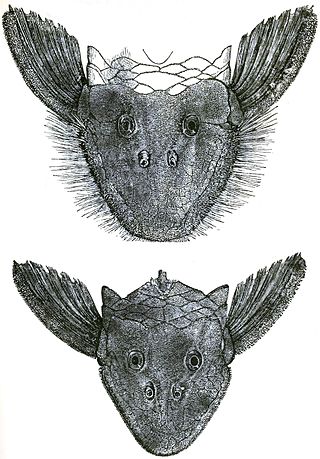
Pseudancistrus is a genus of suckermouth armored catfishes native to South America.

Rineloricaria is a genus of freshwater tropical catfish belonging to the family Loricariidae. They are commonly called whiptail catfish because of the long filament that grows out of the tip of the caudal fin that is characteristic of the genus. With the exception of R. altipinnis from Panama, they are native to the rivers of northern and central South America. Some species are regularly seen in the aquarium trade.
Dentectus barbarmatus is the only species of the monotypic genus Dentectus, a genus of armored catfish.
Furcodontichthys novaesi is the only species of the monotypic genus Furcodontichthys, a genus of armored catfish.
Exastilithoxus is a small genus of suckermouth armored catfish native to South America.
Brochiloricaria is a small genus of armored catfishes native to South America.

Crossoloricaria is a genus of armored catfish native to South America with one species ranging into Central America.
Ixinandria steinbachi is the only species in the genus Ixinandria of catfish of the family Loricariidae.
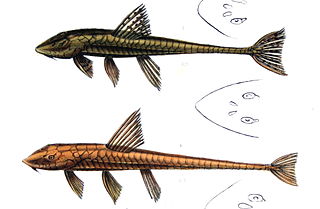
Loricariichthys is a genus of catfishes of the family Loricariidae.
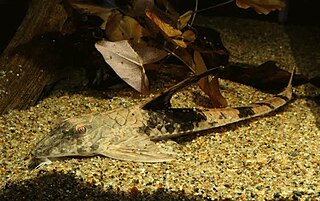
Loricaria is a genus of armored catfish native to South America.
Lamontichthys is a genus of armored catfishes native to South America.
Metaloricaria is a genus of armored catfishes native to South America.

Sturisomatichthys is a genus of armored catfishes native to Central and South America.
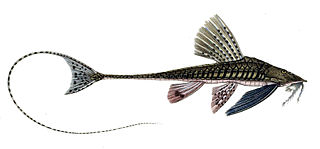
Paraloricaria is a genus of armored catfishes native to South America.
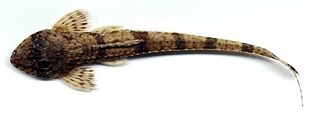
Dasyloricaria is a genus of armored catfishes native to Central and South America. The distribution of these species includes the northwestern South America on the Pacific slope of Colombia and Panama. Its distribution is restricted to the Pacific slope of the Andes, which is a unique pattern of distribution within the subfamily.
Pseudohemiodon is a genus of armored catfishes native to South America.

Spatuloricaria is a genus of armored catfishes native to South America and Panama.

Hemiodontichthys is a monotypic genus in the family Loricariidae, under the order Siluriformes, containing a single species, Hemiodontichthys acipenserinus, also known as the Pinocchio whiptail catfish, Pinocchio catfish, Pinocchio cat or the knob-nosed whiptail. This shy, bottom-dwelling catfish is native to the Guianas, Brazil, Bolivia and Perú in South America.

Leporacanthicus is a genus of suckermouth armored catfishes native to South America.











